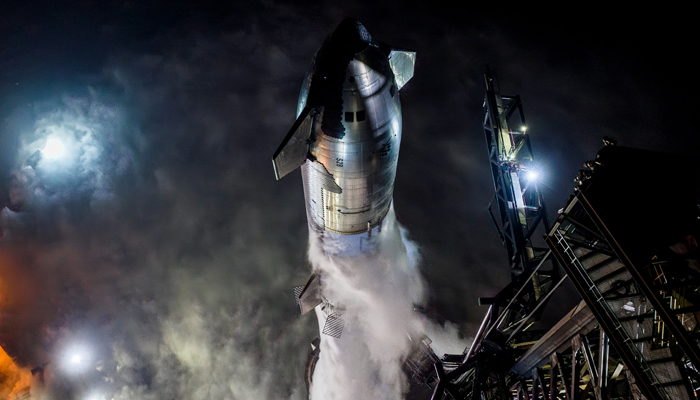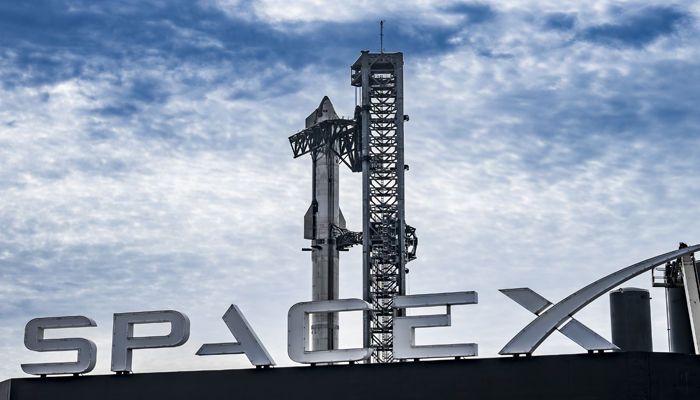Was the 3rd test flight of Elon Musk's Starship a success?
March 14, 2024

The much-awaited third launch of SpaceX’s Starship was carried out Thursday as the CEO Elon Musk has vowed to take humanity to Mars amid the failures of the earlier tests last year.
Elon Musk’s Starship lifted off from Boca Chica, Texas Thursday with the help of the most powerful Super Heavy rocket comprising 33 massive Raptor engines.
The company aimed that the Starship would "conduct a journey part of the way around Earth."
While congratulating on the flight, the 52-year-old Musk wrote on X — formerly called Twitter: "Starship reached orbital velocity! Congratulations SpaceX team!!"

For its initial goal, the 400-foot-tall ship was developed to take astronauts to the moon for the US space agency Nasa under the Artemis III mission.
There are two stages of the whole test. The first is the Super Heavy rocket booster and the upper-stage spacecraft — called Starship. The objective of Musk's company is to make both of them reusable in the future.
Space wrote in a Flight 3 mission: "Each of these flight tests continue to be just that: a test. They aren't occurring in a lab or on a test stand, but are putting flight hardware in a flight environment to maximize learning."
As the ship was making reentry, it lost communication with its satellite Starlink and with TDRSS — or Tracking and Data Relay Satellite System.
SpaceX's Dan Huot said as the ship was entering Earth: "We are making the call now that we have lost [the] ship. No splashdown today, but again just it's incredible to see how much further we got this time around."

"The third flight test aims to build on what we’ve learned from previous flights while attempting a number of ambitious objectives... and a controlled reentry of Starship," SpaceX wrote in the mission description.
"It will also fly a new trajectory, with Starship targeted to splash down in the Indian Ocean."
The Starship underwent its second test flight in November last year but failed to reach its objectives as the Super Heavy booster stage exploded shortly after separation, causing an explosion minutes later.
The first test was conducted in April 2023 but it could not reach its target.
Musk’s company studies the failures to gather information about improvements and make the flights normal in the future.
It remains unknown if the ship came to the ocean in one piece Thursday and not broken apart. SpaceX is now looking to gather data on all of that, said SpaceX’s Kate Tice.

“So far, all of that has gone really well,” she said adding that "we were trying to figure out today — how do we get Starship to survive orbital velocity, atmospheric entry? And we hope to find out soon."
"We're still waiting to see if we're gonna get data back from the ship," Huot said. "We might be in a bit of a blackout period right now."
SpaceX confirmed that Starship was reentering Earth's atmosphere, but it may not make it to its landing destination in the Indian Ocean.
The Starship is covered with a coating of 18,000 lightweight ceramic hexagonal tiles to make it survive the atmosphere reentry due to extremely hot temperatures.





